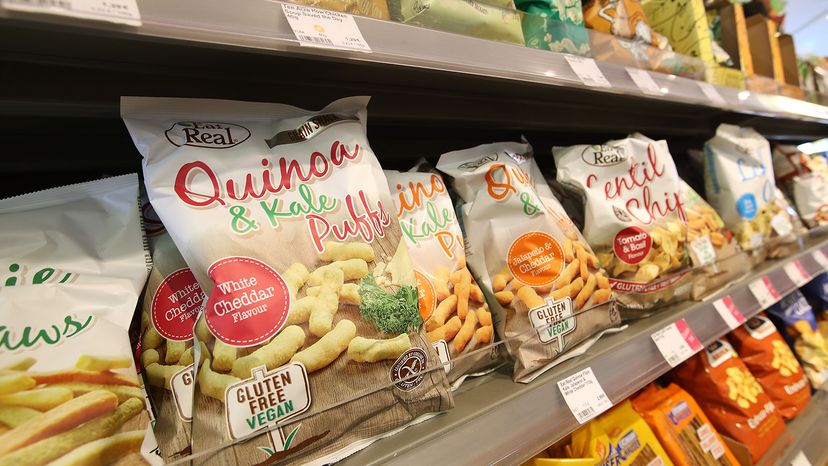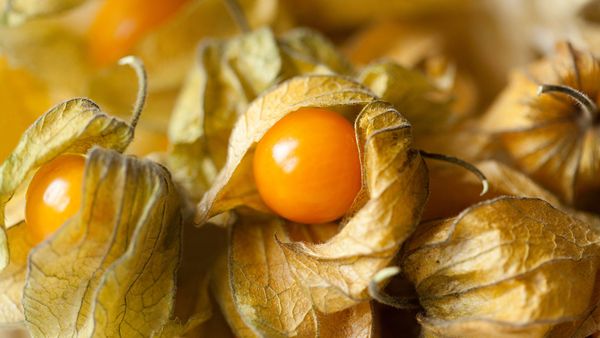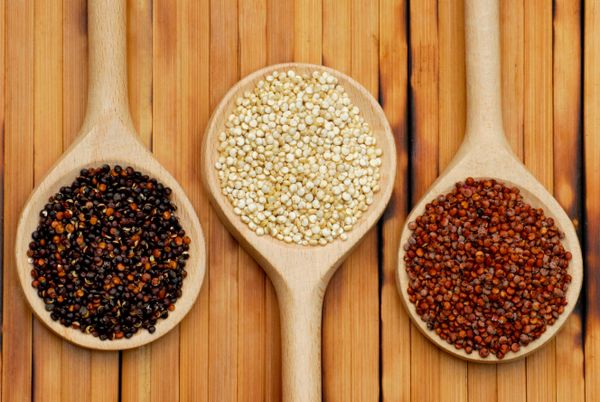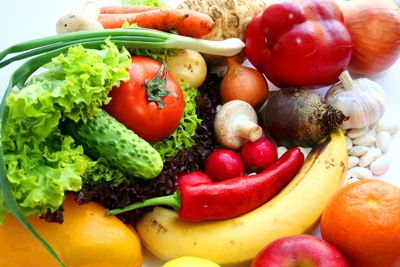
Quinoa has caused quite a lot of confusion during its short tenure on the worldwide scene. Raised for thousands of years in the Andean Mountain region of South America, it's only really blown up worldwide over the last decade. The UN's Food and Agriculture Organization declared 2013 "the International Year of Quinoa" giving the crop a big boost on the world stage. The declaration was intended as a way to highlight crops that were unknown or forgotten (at least to the wider world) as a way of promoting food security. These crops are often referred to as "orphan crops."
But along with quinoa's rapid ascent to the top of the health food chain came news reports that local populations in Peru and Bolivia could no longer afford to buy it as the prices had doubled or tripled.
Advertisement
So what's the truth about that? Let's clear up some commonly asked questions about quinoa (by the way, it's pronounced KEEN-wah. You're welcome.)


